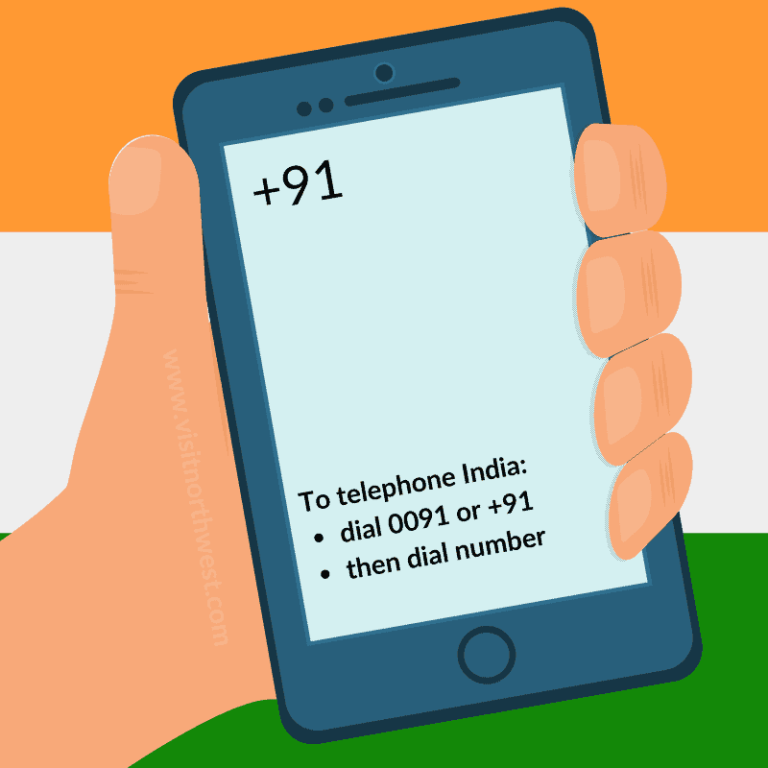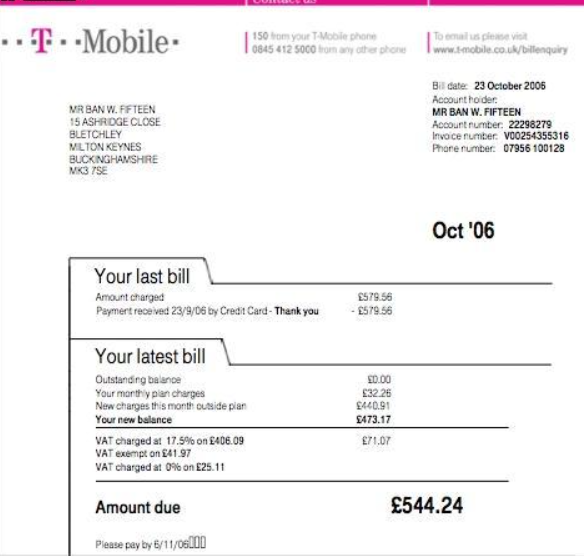One of the easiest ways to find your IMEI is by dialing *#06# on your phone’s keypad. This simple code instantly reveals your IMEI, giving you access to a wealth of information about your device. In this comprehensive guide, we will delve into the intricacies of the IMEI, exploring its various applications, security implications, and troubleshooting tips.
Contents
IMEI Code *#06#: Understanding the Basics
What is an IMEI Code?
The IMEI code is a 15-digit numerical code that is assigned to every mobile phone at the time of manufacturing. It is unique to each device and serves as its identification number. The IMEI code is stored in the phone’s hardware and can be accessed by dialing *#06# on the phone’s keypad.
*How to Find Your IMEI Code Using #06#
Finding your IMEI code is a simple process. All you need to do is open your phone’s dialer and enter *#06#. Once you press the call button, a pop-up window will appear on your screen, displaying your IMEI code. You can then copy this code and save it for future reference.
Structure of an IMEI Code
The IMEI code is divided into several sections, each containing specific information about the device:
- Type Allocation Code (TAC): The first six digits of the IMEI code represent the TAC, which identifies the manufacturer and model of the phone.
- Final Assembly Code (FAC): The next two digits represent the FAC, which indicates the location where the phone was assembled.
- Serial Number (SNR): The following six digits represent the SNR, which is a unique number assigned to each device.
- Check Digit (CD): The last digit is the CD, which is calculated using the Luhn algorithm to verify the authenticity of the IMEI code.
Applications of IMEI Code
The IMEI code has a wide range of applications in the mobile industry:
- Device Identification: The IMEI code is used to identify individual devices on mobile networks. This allows network operators to track and manage devices, as well as provide services such as call routing and data connectivity.
- Device Tracking: In case of theft or loss, the IMEI code can be used to track the location of the device. Law enforcement agencies can use this information to recover stolen devices and apprehend the culprits.
- Warranty and Repair: The IMEI code is also used by manufacturers and service centers to verify the warranty status of a device and provide repair services.
- Network Blocking: Network operators can use the IMEI code to block stolen or lost devices from accessing their networks. This prevents unauthorized use of the device and protects the owner’s data.
IMEI and Security: Protecting Your Device
The Importance of IMEI in Security
The IMEI code plays a crucial role in ensuring the security of your mobile device. It acts as a digital fingerprint, making it difficult for thieves to use or sell stolen phones. Additionally, the IMEI code can be used to remotely lock or wipe the device in case of theft or loss, protecting your personal data.
Risks Associated with IMEI
While the IMEI code offers numerous security benefits, it is essential to be aware of the potential risks associated with it:
- IMEI Cloning: Criminals can clone the IMEI code of a legitimate device and use it on a stolen phone. This makes it difficult for network operators to identify and block the stolen device.
- IMEI Spoofing: Hackers can modify the IMEI code of a device to bypass network restrictions or gain unauthorized access to services.
- Privacy Concerns: The IMEI code can be used to track the location and usage patterns of a device, raising concerns about privacy and surveillance.
Protecting Your IMEI
To protect your IMEI and ensure the security of your device, it is important to take the following precautions:
- Keep your IMEI confidential: Do not share your IMEI code with anyone unless absolutely necessary.
- Be cautious when downloading apps: Some apps may request access to your IMEI code. Only grant access to trusted apps from reputable sources.
- Use a strong password or PIN: Protect your device with a strong password or PIN to prevent unauthorized access.
- Install security software: Use reputable security software to protect your device from malware and other threats.
Troubleshooting IMEI Issues
Common IMEI Problems
While the IMEI code is generally reliable, there are instances where you may encounter issues:
- Invalid IMEI: This error message indicates that the IMEI code entered is incorrect or not recognized by the network.
- Null IMEI: This means that the IMEI code is missing or not stored in the device’s hardware.
- Blacklisted IMEI: This occurs when the IMEI code has been reported as stolen or lost and is blocked from accessing networks.
Troubleshooting Tips
If you encounter any IMEI issues, you can try the following troubleshooting tips:
- Restart your device: A simple restart can often resolve temporary glitches and restore the IMEI code.
- Check your SIM card: Ensure that your SIM card is properly inserted and not damaged.
- Reset network settings: Resetting your network settings can help refresh the connection and resolve IMEI issues.
- Contact your network operator: If the issue persists, contact your network operator for assistance. They can check the status of your IMEI and provide further guidance.
Conclusion
The IMEI code is a vital component of your mobile device, serving as its unique identifier and playing a crucial role in security, tracking, and network management. By understanding the IMEI and its various applications, you can make informed decisions about your device and protect it from potential risks.
Read More: Demystifying *#06# IMEI: Understanding Your Phone’s Unique Identifier
Read More: Decoding 00201: A Deep Dive into Egypt’s Country Code






